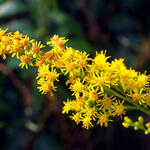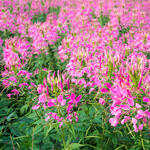WWF + Air Wick’s One Square Foot Campaign aims to provide food and shelter for pollinators, grassland birds, and the many other species that are native to the region. We are also encouraging everyone to plant their own One Square Foot of native wildflowers to help healthy ecosystems flourish. Small actions add up to a big difference.
And as winter melts into spring, many start thinking about what to plant in their gardens and planters to brighten their outdoor spaces. But gardening can do more than beautify—it can help creatures both big and small to thrive. And gardening with native plants is the best way to create natural, interconnected corridors for a whole host of wildlife.
What are native plants?
Native plants grow naturally in a given area and are therefore best adapted to that region’s typical weather patterns. This means they’ll survive with minimal maintenance and will not require excessive watering or care—a boon for both the gardener and the environment!
What should I plant?
Native plants in a specific region can include mosses, ferns, trees, shrubs, wildflowers, and more. Wildflowers, in particular, help pollinators—essential critters such as bees, butterflies, and bats—that make possible nearly one-third of food produced worldwide. If you'd like to offer pollinators a helping hand you can do so by planting wildflowers in your yard, or in pots on your patio or balcony. Even a single square foot can provide food for bumble bees, butterflies, and hummingbirds. Whenever possible, it is a good idea to plant wildflowers that are native to your part of the country and to choose a mix of plants that bloom throughout the season.
To get you started, we've put together a list of plants that are great for pollinators on the map below.


































